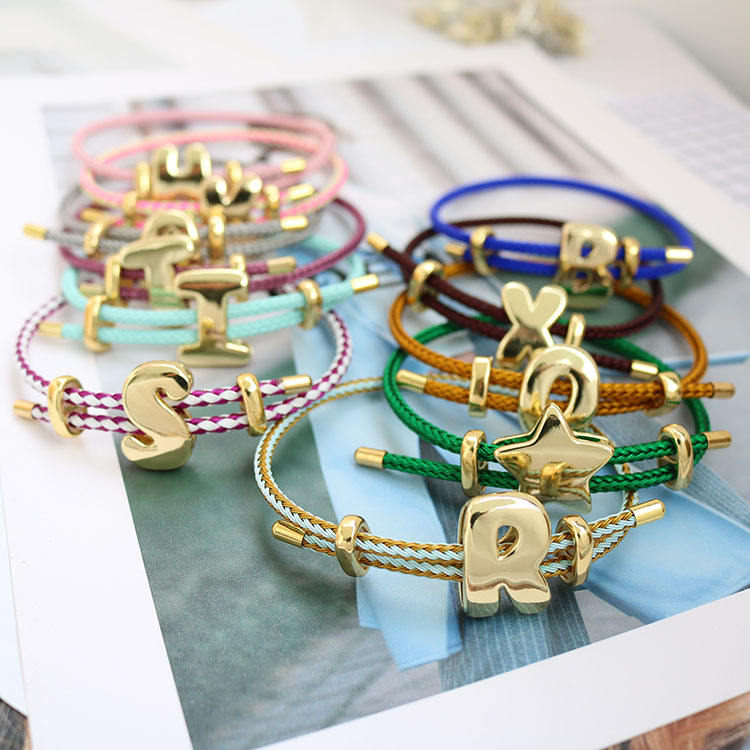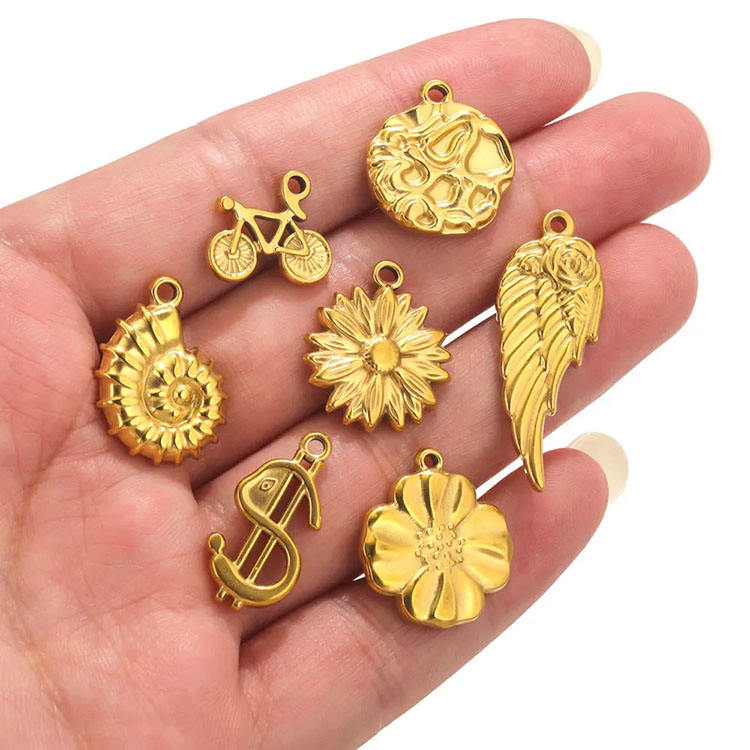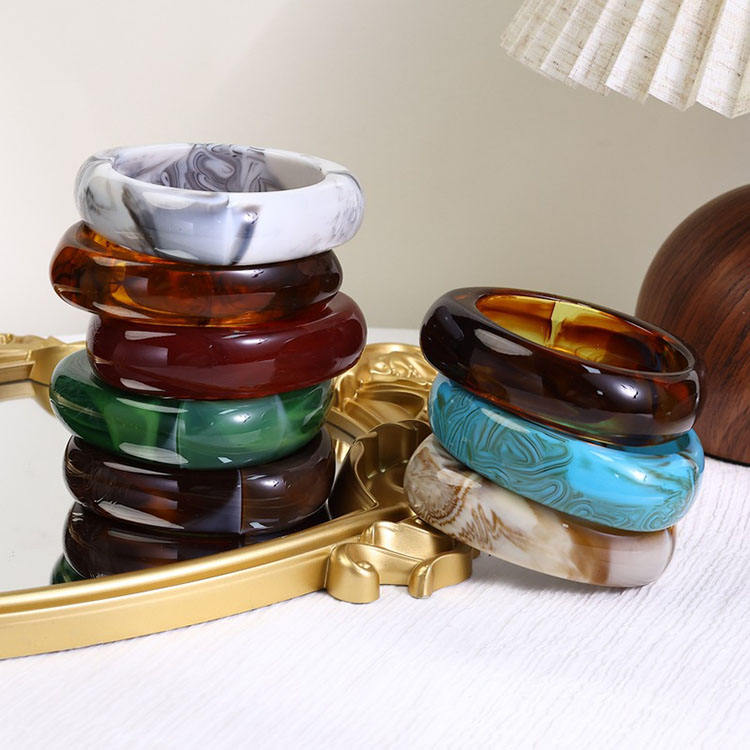The luxury jewelry sector is increasingly embracing eco-friendly brass alloy, moving beyond traditional brass in response to growing consumer demand for sustainable and ethically produced accessories. But what makes this material so appealing to high-end brands, and is it truly surpassing conventional brass in popularity?
Eco-friendly brass is engineered to eliminate harmful components such as lead and nickel, commonly present in traditional brass alloys. Instead, it incorporates safer elements like silicon and manganese, resulting in a hypoallergenic, tarnish-resistant, and environmentally conscious material. This shift not only supports ecological responsibility but also meets the rising expectations of today’s discerning jewelry buyers.
Meeting Consumer Values
Modern luxury customers prioritize sustainability and transparency. Eco-friendly brass enables brands to align with these values while delivering exquisite, high-quality pieces.
Enhanced Durability and Aesthetics
With excellent corrosion resistance and the ability to mimic the appearance of gold, eco-friendly brass maintains its luster over time. It allows artisans to create intricate, refined designs without compromising on aesthetics.
Strengthening Brand Narratives
Incorporating eco-conscious materials helps luxury brands build a story of innovation and responsibility—a powerful tool for connecting with audiences who value authenticity and ethical practices.
Global Compliance and Safety
As international regulations tighten around hazardous substances in jewelry, eco-friendly brass offers a compliant and safe alternative, reducing legal risks and supporting brand reputation.
While traditional brass remains cost-effective and readily available, its inclusion of lead and lower resistance to tarnishing pose increasing challenges. Allergic reactions and environmental concerns further diminish its appeal in the luxury segment.
Eco-friendly brass is positioned to become a staple in luxury jewelry, driven by consumer preferences, regulatory demands, and the industry’s move toward greener practices. Although traditional brass will continue to serve certain markets, the shift toward non-toxic, sustainable materials reflects a broader transformation in how luxury defines value and beauty.









